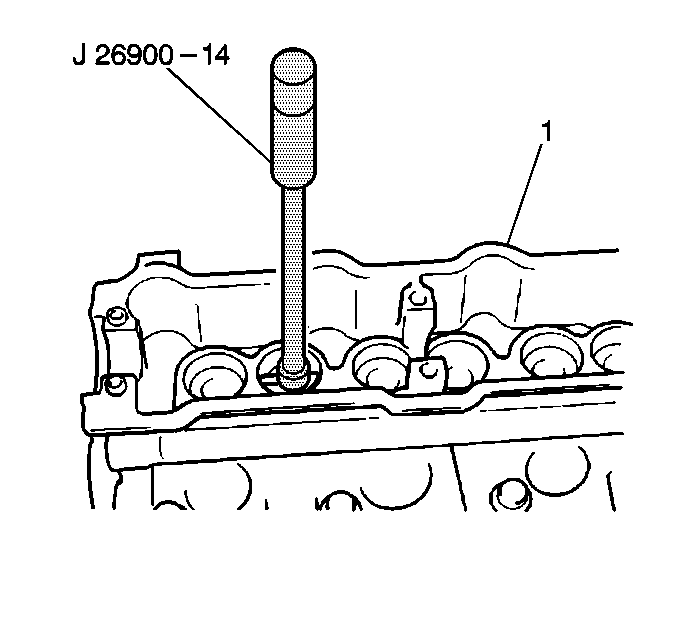
- Use a hole gauge, and
measure the inside diameter of the valve guide bushing.
Standard Valve Guide Bushing Inside Diameter
5.485-5.510 mm (0.2159-0.2169 in)
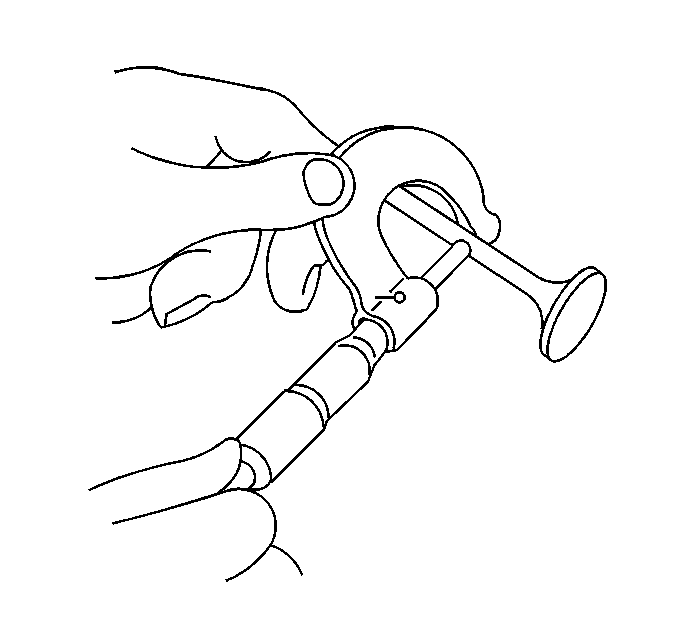
- Use a micrometer, and
measure the outside diameter of the valve stem.
Standard Intake Valve Stem Diameter
5.465-5.480 mm (0.2152-0.2157 in)
Standard Exhaust Valve Stem Diameter
5.440-5.455 mm (0.2142-0.2148 in)
- Obtain the oil clearance of the valve guide bushing by subtracting
the outside diameter measurement of the valve stem from the inside diameter
measurement of the valve guide bushing .
Standard Intake Valve Oil Clearance
0.005-0.045 mm (0.0002-0.0018 in)
Standard Exhaust Valve Oil Clearance
0.030-0.070 mm (0.0012-0.0027 in)
Maximum Intake Valve Oil Clearance
0.07 mm (0.0027 in)
Maximum Exhaust Valve Oil Clearance
0.09 mm (0.0035 in)
- If the clearance is greater than the maximum specified, replace
the valve and the valve guide bushing.
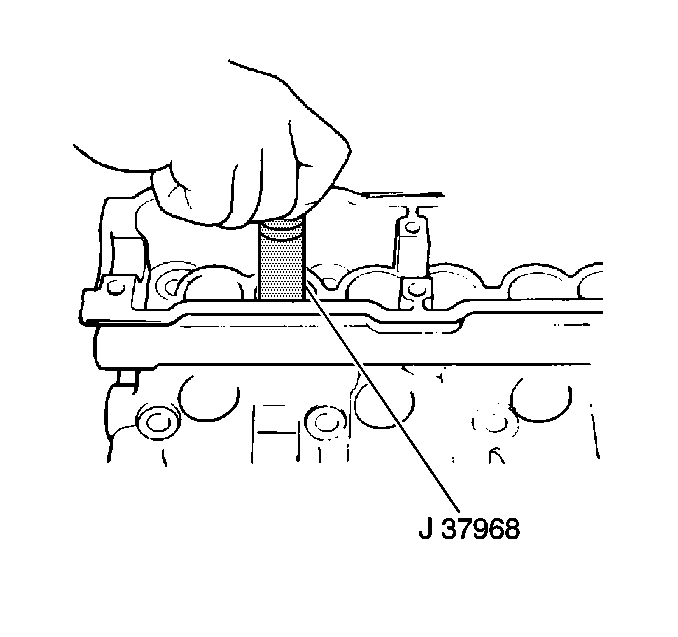
- Use aJ 37968
and a hammer, and tap the valve guide
bushing out of the cylinder head.
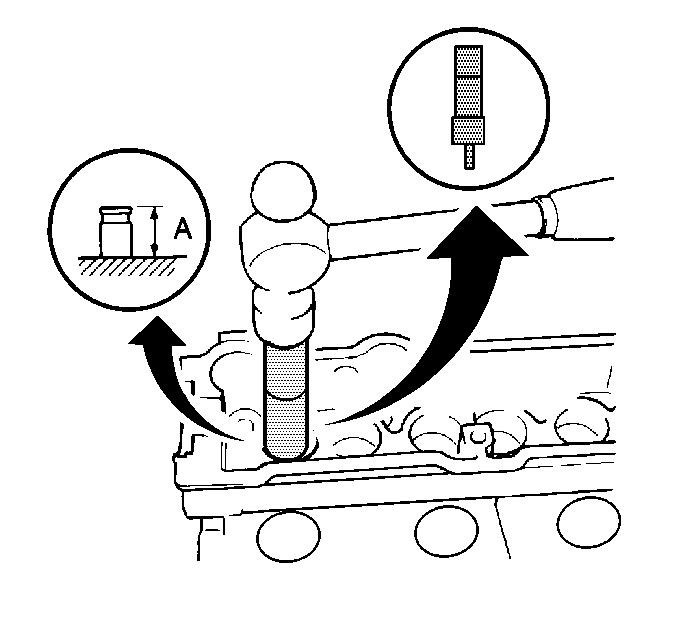
- Use aJ 37968
and a hammer, and tap the new valve
guide bushing into the cylinder head.
- Install the valve guide bushing to the specified protrusion height
of 11.5 mm (0.45 in).
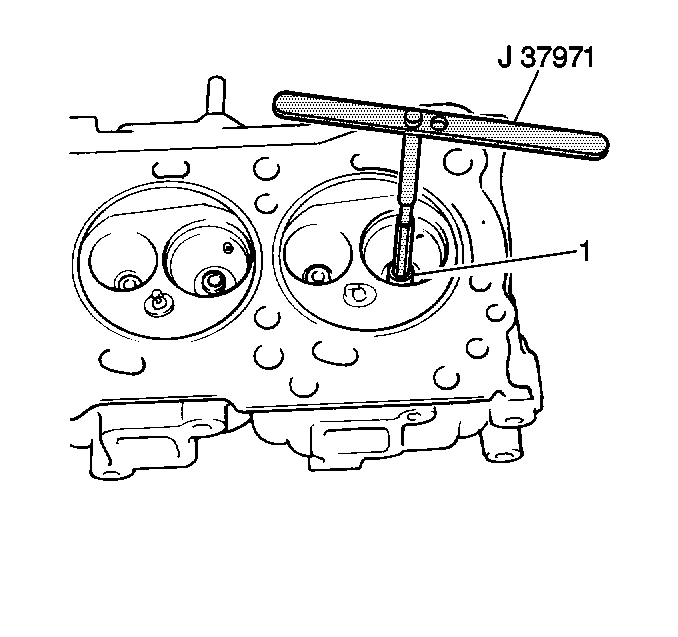
- Use a J 37971
, and ream the valve guide bushing in
order to obtain the standard clearance between the valve guide bushing and
the valve stem.
Standard Intake Valve Oil Clearance
0.005-0.045 mm (0.0002-0.0018 in)
Standard Exhaust Valve Oil Clearance
0.030-0.070 mm (0.0012-0.0027 in)
| • | Reconditioning the valve seats is very important. |
| | Important: The 1.0L cylinder head has small air mixing tubes in the intake ports
at the intake valves. Do not damage the tubes during valve seat reconditioning.
|
| • | After reaming the valve-guide bores, recondition the valve seat. |
| | Important: Because the valve guide supports and centers the valve grinder, it is
essential to clean the valve guide correctly. If the valve guide requires
reaming, do this first.
|
| • | Inspect the valve seats for excessive wear and for burned spots.
Valve seats may be reconditioned by grinding. If grinding results in the new
seat being too wide, narrow the seat by using a 20-degree or 70-degree stone.
The 20-degree stone will lower the seat, and the 70-degree stone will raise
the seat. |
| • | The valves must seat perfectly for the engine to deliver optimum
power and performance. |
| • | Cooling the valve heads is another important factor. Good contact
between each valve and each seat in the cylinder head is necessary in order
to correctly remove the heat in the head. |
| • | Regardless of the equipment, the valve-guide bores must be free
from carbon and from dirt.The pilot will be centered in the guide. |
| • | The valve seats should be concentric within 0.05 mm (0.031 in) of the
total indicator reading. |
| • | Replace any valve that is not in serviceable condition. |





